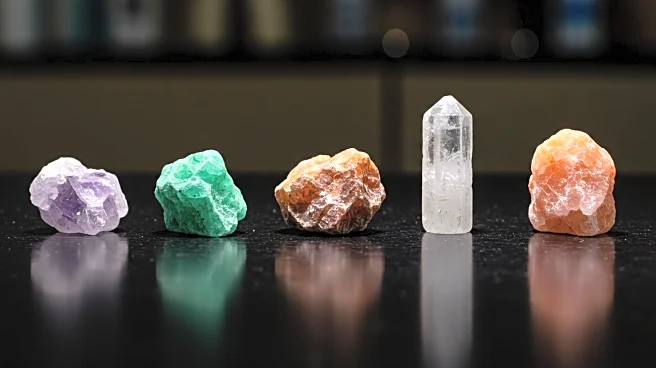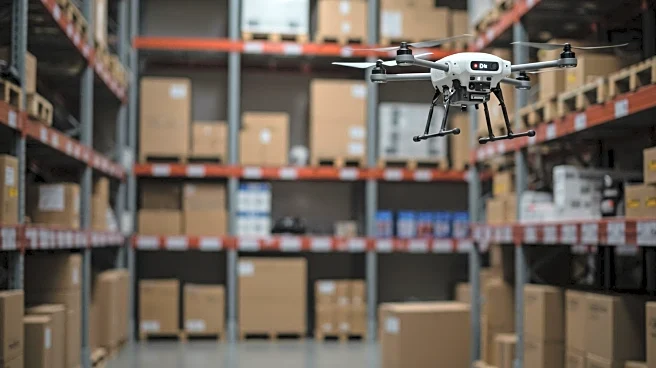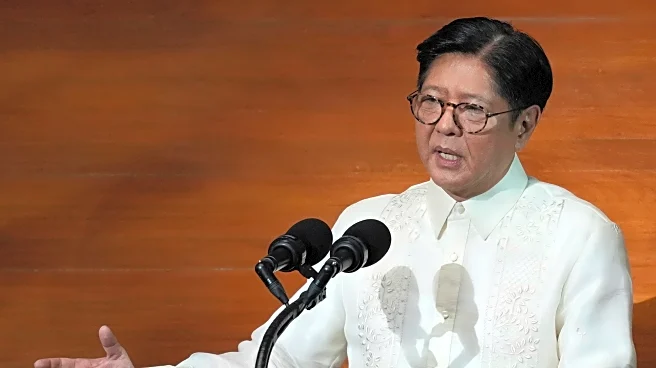What's Happening?
A report by Primus Partners outlines a five-pillar strategy to localize rare earth magnet production in India, aiming to reduce dependence on Chinese imports and secure the country's electric vehicle future. The strategy includes government-backed price guarantees, establishing pilot-scale clusters in mineral-rich states, launching a National Rare Earth Innovation Hub, and forming a Magnet Ecosystem Coordination Cell. These measures are designed to boost R&D, scale up production, and align ministries for fast-tracked clearances. Despite holding the fifth-largest rare earth reserves, India currently accounts for less than 1% of global magnet production.
Why It's Important?
Rare earth magnets are critical components in electric vehicles, wind turbines, and defense technologies. India's reliance on Chinese imports poses significant risks, especially given recent export restrictions and supply chain disruptions. By localizing production, India can enhance its strategic autonomy, support sustainable mobility, and foster technological innovation. The initiative could also stimulate economic growth by creating jobs and attracting investments in the rare earth sector. Reducing import dependence is crucial for India's long-term industrial and technological competitiveness.
What's Next?
India plans to implement the five-pillar strategy over a 3-5 year period, focusing on rapid scale-up and technological advancements. The government and private sector are expected to collaborate closely to achieve these goals. As the sustainable mobility sector grows, India must prioritize localization efforts to ensure a stable supply of rare earth magnets. The success of this initiative will depend on effective coordination among stakeholders and timely execution of proposed measures.
Beyond the Headlines
The strategy highlights the geopolitical implications of rare earth production, as China currently dominates the global market. India's efforts to become self-reliant could shift the balance of power in the rare earth industry, potentially leading to new alliances and trade dynamics. Additionally, the focus on recycling and innovation underscores the environmental considerations of rare earth extraction and processing, aligning with global sustainability goals.













